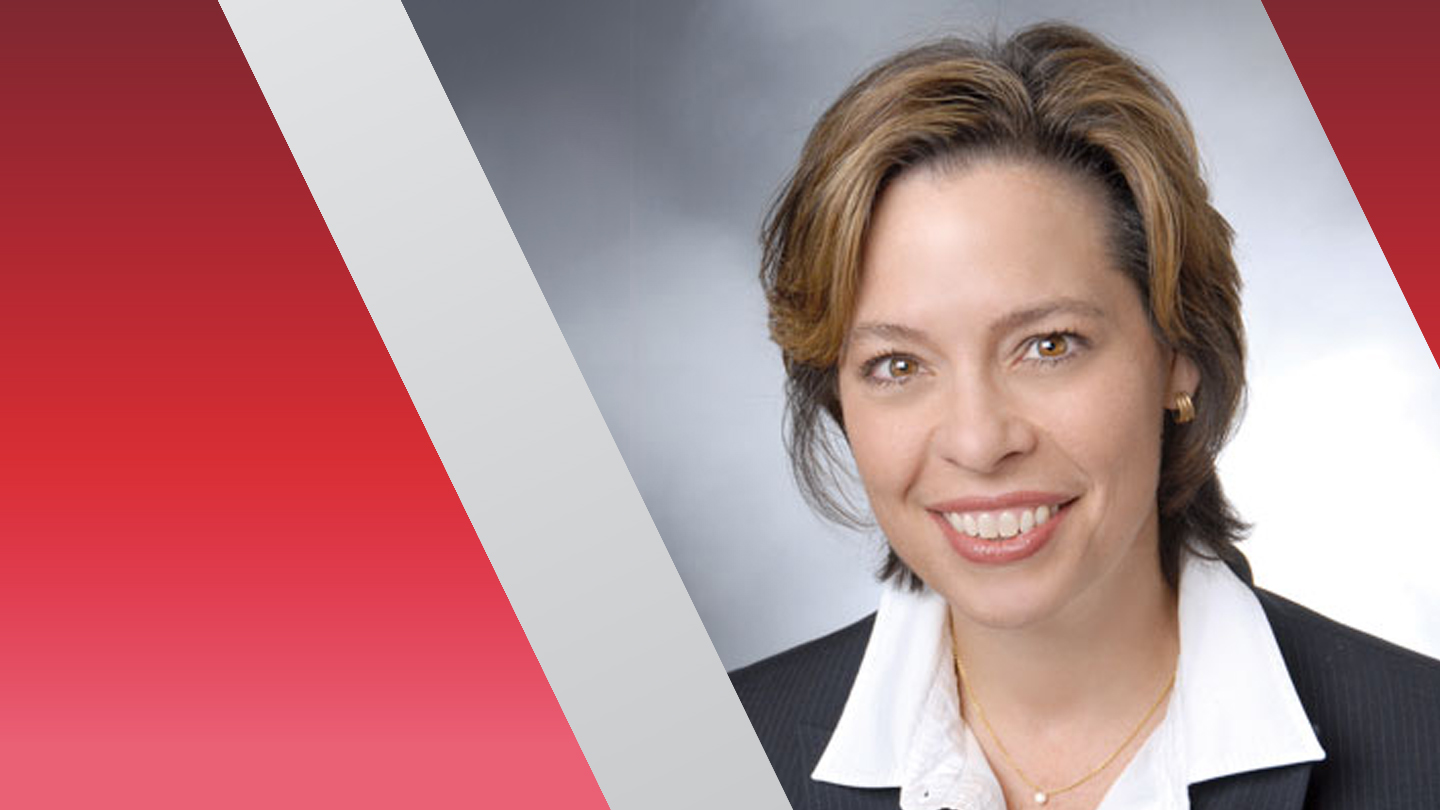AMA Updates: Medical Education & Essential Policies

The American Medical Association (AMA) isn’t just reacting to the pressures facing healthcare today; it’s proactively reshaping the future of the profession. Recent policy adoptions, ranging from streamlining compliance training to bolstering support for medical trainees, reveal a growing recognition that a healthy, empowered physician workforce is the cornerstone of quality patient care. But these aren’t isolated changes – they represent a fundamental shift in how we approach medical education, practice, and advocacy, and a potential blueprint for a more sustainable healthcare system.
Physicians are increasingly burdened by administrative tasks, diverting valuable time and energy away from direct patient care. The AMA’s push for reciprocity in compliance training is a direct response to this growing concern. Currently, doctors practicing at multiple hospitals often face a labyrinth of redundant courses, each facility demanding its own version of legally required training. This isn’t just frustrating; it’s a significant drain on resources.
The proposed solution – a system where completed training is recognized across institutions – is a practical step towards efficiency. Furthermore, the call for compensation or CME credits for this time is crucial. As AMA Trustee Melissa J. Grerette, MD, aptly stated, “Every minute matters.” This isn’t about avoiding necessary learning; it’s about optimizing the system to prioritize what truly matters: patient wellbeing. The potential impact extends beyond individual physicians; reduced administrative burden could translate to increased access to care and improved patient outcomes.
The path to becoming a physician is notoriously arduous, and the pressure surrounding licensure exams adds another layer of stress. The AMA’s commitment to providing greater support for medical trainees facing logistical or financial hurdles during these exams is a vital investment in the future of the profession. Failure on these exams can derail a promising career, and unforeseen life events can significantly impact a trainee’s preparation.
Recognizing this, the AMA is advocating for increased collaboration between stakeholders – medical schools, residency programs, and the National Board of Osteopathic Medical Examiners and National Board of Medical Examiners – to remove barriers and offer support. This proactive approach acknowledges that a strong physician workforce isn’t simply about academic excellence; it’s about fostering resilience and providing a safety net for those navigating a challenging process.
Perhaps the most significant shift lies in the approach to burnout prevention. The AMA’s new policy acknowledges a critical flaw in many existing programs: inflexibility. Mandatory assignments and punitive measures, while well-intentioned, can actually exacerbate stress and workload. The future of burnout prevention lies in empowering physicians and trainees to choose activities that align with their individual needs and schedules.
Prioritizing flexibility, autonomy, mindfulness, and personal wellbeing is paramount. Effective programs will focus on fostering resilience, promoting self-care, and creating a supportive work environment. This represents a move away from a “one-size-fits-all” approach towards a more personalized and sustainable model of wellbeing. Mayo Clinic’s employee wellbeing program offers a compelling example of a holistic approach to physician wellness.
The AMA’s emphasis on physician-led care is a powerful statement about the importance of medical expertise in healthcare decision-making. By encouraging residency programs to promote advocacy for physician-led teams, the AMA is equipping the next generation of doctors to be active participants in shaping the future of healthcare policy.
This isn’t simply about protecting professional interests; it’s about ensuring that patients receive the safest, highest-quality care. Physicians are uniquely qualified to understand the complexities of medical practice and advocate for policies that prioritize patient needs. Investing in physician leadership is an investment in a more effective and equitable healthcare system.
The AMA’s recent policy changes aren’t merely reactive measures; they’re indicative of a broader, proactive vision for the future of medicine. By addressing the systemic challenges facing physicians – administrative burden, financial pressures, burnout, and a lack of advocacy – the AMA is laying the groundwork for a more sustainable and patient-centric healthcare system. The success of these policies will depend on collaboration, innovation, and a continued commitment to prioritizing the wellbeing of those who dedicate their lives to caring for others. What steps will healthcare organizations take to implement these changes and foster a more supportive environment for their physicians? Share your thoughts in the comments below!










